Has your dishwasher stopped draining despite all your attempts to clean out the clogged-up hose? Are you dreading tearing apart your appliance and dealing with what looks like a daunting repair job? Well, before you call in an expensive professional plumber, why not consider trying to fix the issue yourself first?
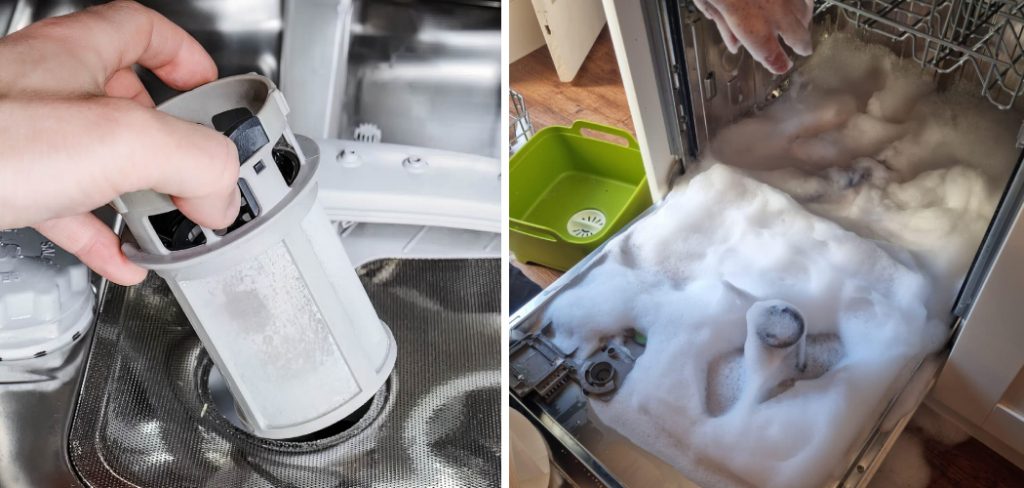
In this blog post, we’ll discuss how to fix a flooded dishwasher – so get ready to save time, money, and frustration! From identifying whether it’s just a simple blockage problem or one that requires more extensive repair work right through to tidying up after everything is fixed.
What Causes a Flooded Dishwasher?
1 . Clogged Drainage System
A blocked drainage system is one of the most common causes of a flooded dishwasher. Over time, food particles, grease and soap scum can build up in the drain line or the filter, causing water to back up and flood your dishwasher. Also, improper installation of the dishwasher drain hose can lead to clogging and flooding.
2 . Damaged or Worn Out Parts
The internal parts of a dishwasher such as the float switch, door gasket and water inlet valve are prone to wear and tear. When these components are damaged or worn out, they may not function properly and can cause your dishwasher to flood. It is important to regularly inspect and replace any damaged parts to prevent this issue.
3 . Faulty Water Inlet Valve
The water inlet valve is responsible for filling your dishwasher with the right amount of water during a cycle. If the valve is faulty or clogged, it can cause an overflow of water into your dishwasher, resulting in flooding. To fix this issue, the water inlet valve may need to be cleaned or replaced.
4 . Improper Loading of Dishes
Overloading your dishwasher with too many dishes can block the spray arm and prevent water from circulating properly. This can cause water to pool in the bottom of your dishwasher and eventually overflow. Be sure to follow the manufacturer’s instructions on loading dishes and avoid overcrowding to prevent this issue.
5 . Drain Hose Positioning
The position of the dishwasher drain hose can also contribute to a flooded dishwasher. If the hose is not properly secured or positioned, it can become kinked or disconnected, causing water to leak out onto your kitchen floor. Make sure that the drain hose is securely connected and free from any obstructions.
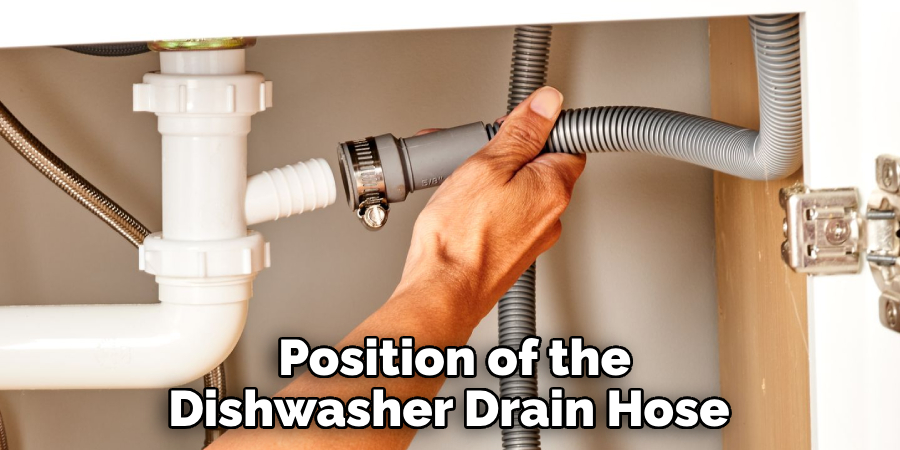
12 Ideas on How to Fix a Flooded Dishwasher
1 . Check the Power Supply
The first and most obvious thing to check when your dishwasher is flooded is whether it’s getting enough power. Make sure that it’s plugged in correctly and try plugging it into a different outlet to see if that makes a difference.
2 . Inspect the Drain Hose
A clogged or damaged drain hose could be the source of your flooded dishwasher. Check for any blockages or kinks in the hose and replace it if necessary. Also, make sure the hose is positioned correctly and securely attached to both the dishwasher and sink or garbage disposal.
3 . Unclog the Drain
If your drain hose is clear, the next step is to check the actual drain for any clogs. You can use a plumber’s snake or a straightened wire hanger to remove any debris that may be causing blockages.
4 . Clean the Filter
The filter in your dishwasher is responsible for catching food particles and preventing them from clogging the drain. If it’s dirty or damaged, it can lead to a flooded dishwasher. Remove the filter and clean it thoroughly with warm soapy water before replacing it.
5 . Check the Float Switch
The float switch is a safety mechanism that prevents your dishwasher from overfilling. If it’s stuck or damaged, it can cause the dishwasher to flood. Inspect the float switch and make sure it’s moving freely.
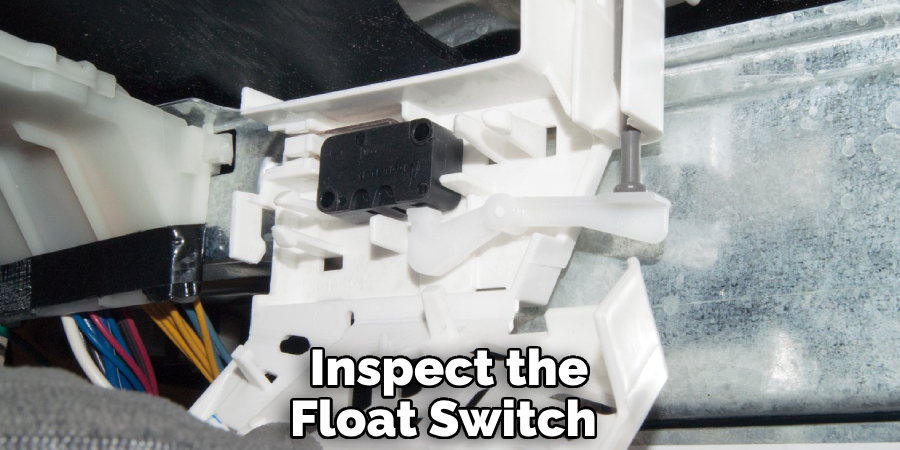
6 . Test the Water Inlet Valve
A malfunctioning water inlet valve could be causing too much water to enter your dishwasher, resulting in flooding. Use a multimeter to test the valve and replace it if necessary.
7 . Reset the Dishwasher
Sometimes, a simple reset can fix a flooded dishwasher. Turn off the power supply at the circuit breaker for a few minutes and then turn it back on. This can help to reset any error codes or sensors that may be causing issues.
8 . Check for Leaks
Inspect the door seal and gasket for any tears or damage that may be causing leaks. Additionally, check the dishwasher tub for any cracks or holes that could lead to flooding. This will require replacement parts or professional repair.
9 . Run a Cleaning Cycle
If your dishwasher has a self-cleaning option, run this cycle to remove any buildup or debris that may be causing drainage issues. Follow the manufacturer’s instructions for proper cleaning and maintenance of your specific model.
10 . Adjust the Leveling Feet
If your dishwasher is not level, it can cause water to pool and lead to flooding. Use a level tool to check the feet and adjust them if necessary. This may require some trial and error to find the correct level.
11 . Clean the Air Gap
The air gap is a small device located next to your kitchen sink that prevents dirty water from flowing back into your dishwasher. If it’s clogged or blocked, it can cause drainage issues and lead to a flooded dishwasher. Clean the air gap with warm soapy water to remove any buildup.
12 . Call a Professional
If none of these solutions work, it may be time to call in a professional repair service. They will have the expertise and tools necessary to diagnose and fix any underlying issues causing your dishwasher to flood. This may be a more costly option, but it can save you time and frustration in the long run.
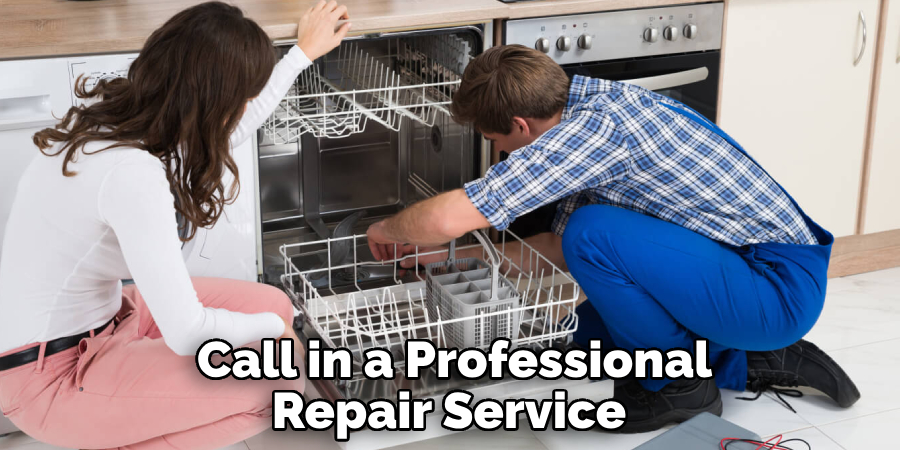
These are just some possible solutions to fix a flooded dishwasher. It’s important to regularly clean and maintain your dishwasher to prevent these issues from occurring in the first place. Additionally, using proper loading techniques and avoiding overloading can also help prevent flooding.
With these tips in mind, you can keep your dishwasher running smoothly and avoid any unexpected flooding mishaps. So next time your dishwasher floods, don’t panic – try these solutions first before considering replacing the entire appliance.
Frequently Asked Question
What Precautions Should Be Taken Before Fixing a Flooded Dishwasher?
Before fixing a flooded dishwasher, it is important to make sure that the power supply to the appliance is shut off. This will prevent any potential electrical hazards while you work on the machine. Additionally, you should wear protective gloves and clothing to avoid coming into contact with any sharp edges or potentially harmful chemicals.

Can I Fix a Flooded Dishwasher Myself?
In some cases, it may be possible to fix a flooded dishwasher yourself. However, this depends on the severity of the problem and your level of experience with repairing appliances. If you are not confident in your ability to fix the issue, it is always best to call a professional for assistance.
What Are the Common Causes of a Flooded Dishwasher?
One of the most common causes of a flooded dishwasher is a clogged or malfunctioning drain hose. This can prevent water from properly draining out of the machine, causing it to overflow. Other potential causes include a faulty float switch, a broken door latch, and a damaged water inlet valve.
How Can I Prevent My Dishwasher from Flooding in the Future?
To prevent your dishwasher from flooding in the future, regular maintenance is key. This includes regularly cleaning the drain filter, checking for any clogs in the drain hose, and inspecting the water inlet valve for any signs of wear or damage. It is also important to only use the recommended amount of detergent and load dishes properly to avoid overloading the machine.
Should I Repair or Replace My Flooded Dishwasher?
Whether to repair or replace a flooded dishwasher depends on the severity of the issue and the age of the appliance. If the problem can be easily fixed and your dishwasher is relatively new, repairing it may be a better option. However, if the damage is extensive or your dishwasher is old and nearing the end of its lifespan, replacing it may be more cost-effective in the long run.
It is best to consult with a professional for their expert opinion before making a decision. Overall, taking proper precautions and performing regular maintenance can help prevent your dishwasher from flooding in the first place, saving you time and money in the long run. If faced with a flooded dishwasher, it is important to address the issue promptly and seek professional help if needed.
Can I Prevent Dishwasher Flooding with a Warranty?
While having a warranty for your dishwasher can provide peace of mind, it does not guarantee prevention of flooding. Regular maintenance and proper usage are still necessary to avoid potential issues. If your dishwasher does flood, be sure to check if the repair is covered under your warranty before proceeding with any repairs or replacements.
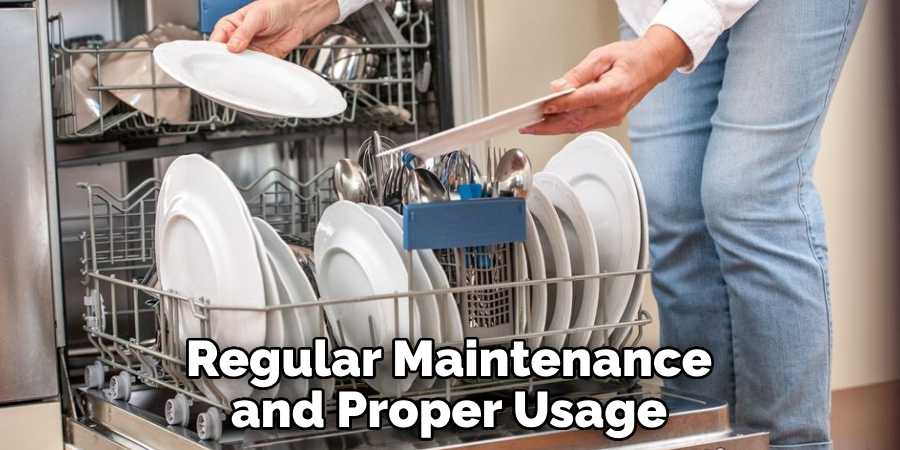
Always read and understand the terms and conditions of your warranty to know what is covered in case of any appliance malfunctions. Remember, prevention is key when it comes to avoiding a flooded dishwasher. So be sure to perform regular maintenance and address any issues promptly to keep your dishwasher running smoothly.
Conclusion
Taking the time to fix a flooded dishwasher can be annoying and frustrating, but with the right tools and knowledge, it can become doable. Knowing how to definitively identify a leaky dishwasher, as well as having an understanding of the step-by-step process for fixing it are essential parts in preventing further water damage to your appliance.
Remember to always take proper precautions when dealing with electricity, such as unplugging the appliance from its outlet before getting started.
Now you know how to fix a flooded dishwasher! Finally, by purchasing all necessary repair parts prior to calling a professional or attempting to fix the problem yourself, you’ll save on costly labor charges and have peace of mind knowing that your dishwasher is repaired correctly. With these tips in mind, take on this challenge and keep your kitchen running efficiently!
